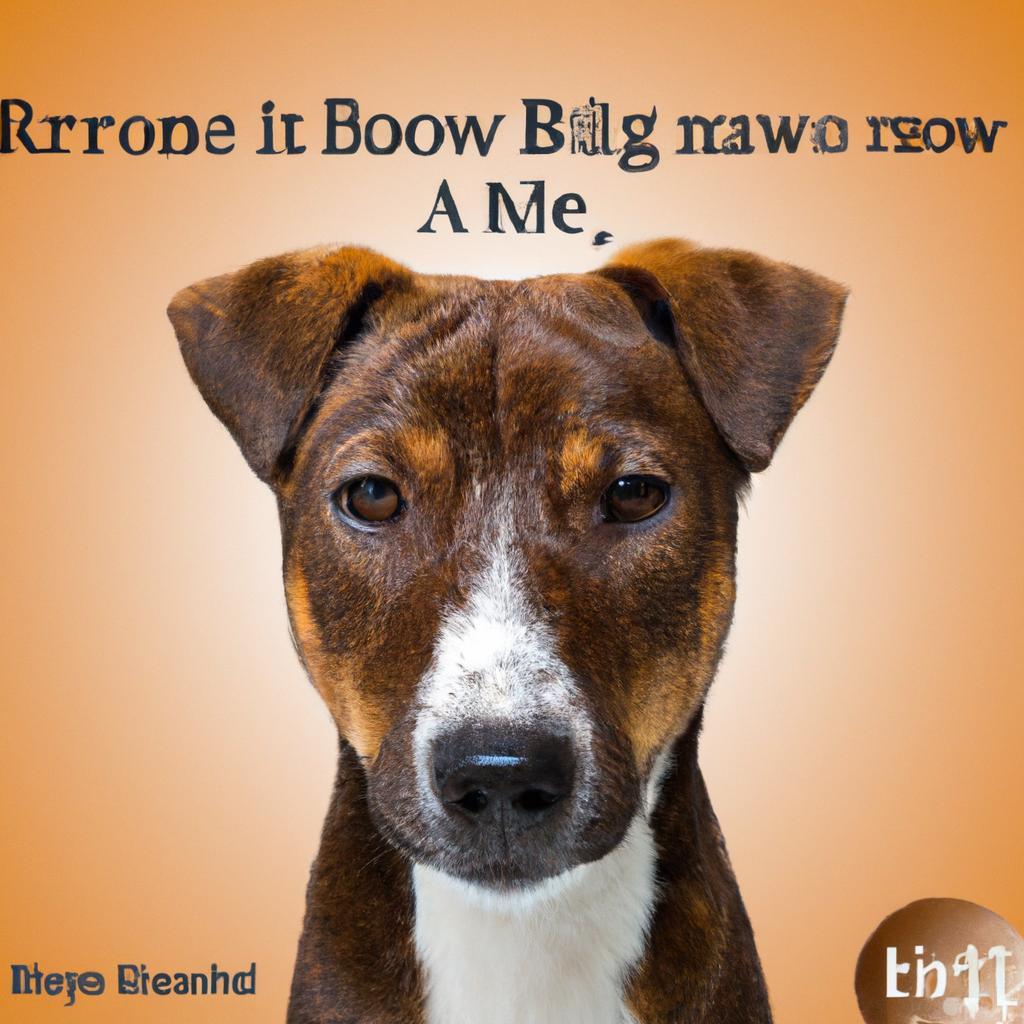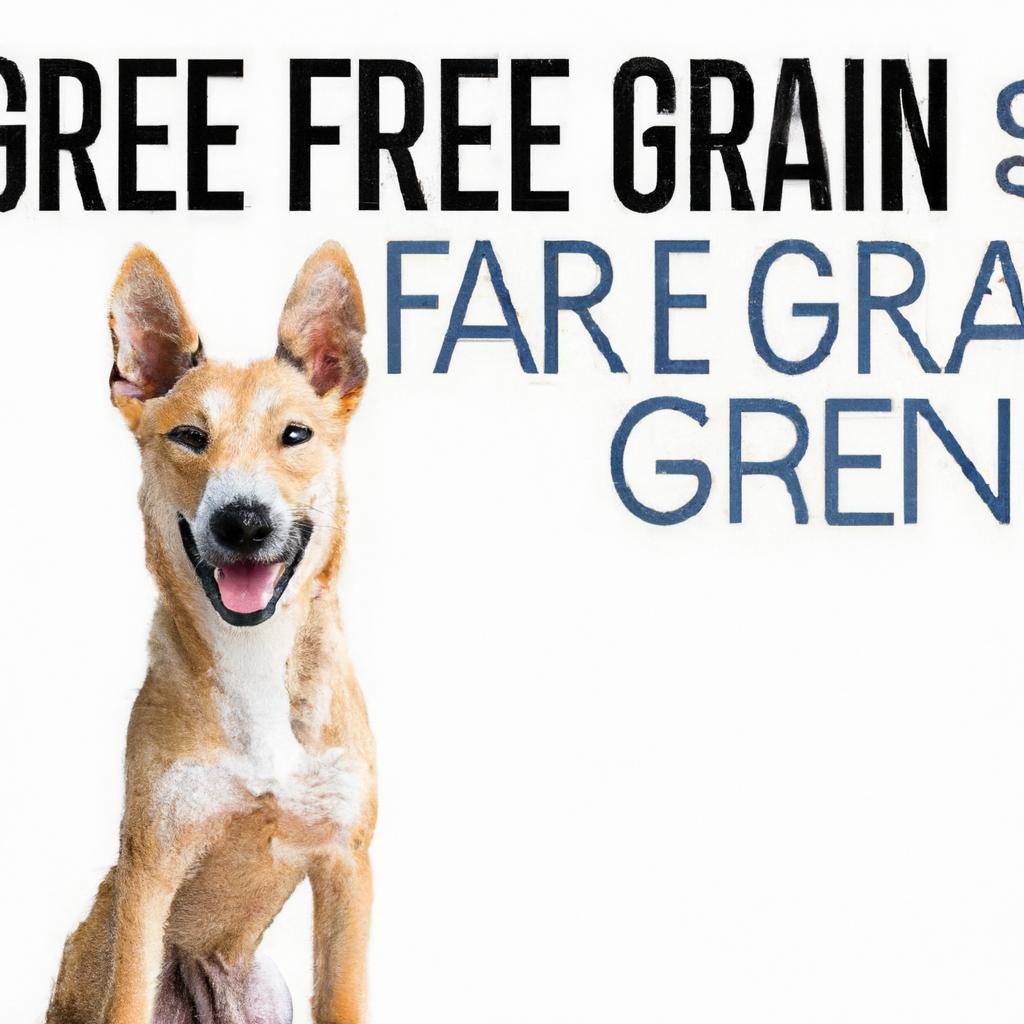Once upon a time in a bustling kitchen, a curious dog named Max watched his owner prepare dinner. The aroma of brown rice wafted through the air, and Max’s tail wagged in anticipation. His owner, a devoted pet parent, wondered aloud, “Is brown rice good for Max?”
As a whole grain, brown rice is not only safe for dogs but also packed with nutrients. It aids digestion and provides energy, making it a wholesome addition to their diet. So, the next time you cook, consider sharing some brown rice with your furry friend—it’s a tasty treat that supports their health!
Contents
- Understanding the Nutritional Value of Brown Rice for Dogs
- Evaluating the Benefits and Risks of Including Brown Rice in Canine Diets
- Expert Recommendations on Serving Brown Rice to Your Dog
- Making Informed Choices: Integrating Brown Rice into a Balanced Dog Diet
- Q&A
Understanding the Nutritional Value of Brown Rice for Dogs
Brown rice is often hailed as a nutritious addition to a dog’s diet, providing a wealth of benefits that can enhance their overall health. This whole grain is rich in essential nutrients, making it a valuable source of energy for active dogs. Unlike white rice, brown rice retains its bran and germ layers, which are packed with vitamins and minerals. These components contribute to a balanced diet, ensuring your furry friend receives the necessary nutrients for optimal health.
One of the standout features of brown rice is its high fiber content. Fiber plays a crucial role in maintaining digestive health, helping to regulate bowel movements and prevent constipation. For dogs that may struggle with gastrointestinal issues, incorporating brown rice into their meals can provide relief and promote a healthy gut. Additionally, the fiber in brown rice can aid in weight management by promoting a feeling of fullness, which can be beneficial for dogs prone to obesity.
Moreover, brown rice is a good source of complex carbohydrates, which are essential for providing sustained energy. This is particularly important for active dogs that require a steady supply of energy throughout the day. The slow-release carbohydrates found in brown rice help to stabilize blood sugar levels, preventing the spikes and crashes that can occur with simpler carbohydrates. This steady energy supply can enhance your dog’s performance during playtime or exercise.
Lastly, brown rice is also rich in antioxidants and anti-inflammatory properties, which can support your dog’s immune system and overall health. The presence of essential fatty acids and vitamins, such as B vitamins, contributes to healthy skin and a shiny coat. By including brown rice in your dog’s diet, you are not only providing them with a delicious meal but also promoting long-term health benefits that can enhance their quality of life.
Evaluating the Benefits and Risks of Including Brown Rice in Canine Diets
When considering the inclusion of brown rice in canine diets, it’s essential to weigh both the benefits and potential risks. Brown rice is often praised for its nutritional profile, offering a rich source of **complex carbohydrates**, which can provide dogs with sustained energy. Additionally, it contains **fiber**, which aids in digestion and can help maintain a healthy weight by promoting a feeling of fullness. The presence of essential vitamins and minerals, such as **B vitamins**, magnesium, and iron, further enhances its appeal as a dietary component.
However, it’s crucial to recognize that not all dogs may benefit from brown rice. Some canines, particularly those with specific dietary restrictions or sensitivities, may experience adverse reactions. For instance, dogs with **grain allergies** or intolerances could suffer from gastrointestinal issues, including diarrhea or vomiting, when brown rice is introduced into their diet. Furthermore, the high carbohydrate content may not be suitable for dogs that require a low-carb or high-protein diet, such as certain breeds or those with specific health conditions.
Another consideration is the potential for brown rice to contribute to an unbalanced diet if not properly integrated. While it can be a healthy addition, it should not replace high-quality protein sources that are vital for a dog’s overall health. A diet overly reliant on grains, including brown rice, may lead to deficiencies in essential amino acids and other nutrients. Therefore, it’s important to ensure that brown rice is part of a well-rounded diet that includes a variety of protein sources, vegetables, and healthy fats.
while brown rice can offer several benefits, it’s essential for pet owners to evaluate their dog’s individual needs and consult with a veterinarian before making dietary changes. By carefully considering both the advantages and potential drawbacks, pet owners can make informed decisions that promote their dog’s health and well-being. Ultimately, the goal should be to create a balanced diet that supports a dog’s unique lifestyle and nutritional requirements.
Expert Recommendations on Serving Brown Rice to Your Dog
When considering adding brown rice to your dog’s diet, it’s essential to consult with a veterinarian or a pet nutrition expert. They can provide personalized advice based on your dog’s specific health needs, age, and activity level. A professional can help determine the appropriate portion sizes and frequency of brown rice in your dog’s meals, ensuring that it complements their overall diet rather than detracting from it.
Incorporating brown rice into your dog’s meals can be beneficial, but it’s crucial to prepare it correctly. Always cook the rice thoroughly to make it easier for your dog to digest. Avoid adding any seasonings, oils, or additives that could be harmful to your pet. Serving plain, cooked brown rice can help maintain its nutritional value while keeping your dog safe from potential irritants.
When introducing brown rice to your dog’s diet, consider starting with small amounts to monitor for any adverse reactions. Gradually increase the portion size as your dog adjusts. This approach allows you to observe how your dog responds to the new addition, ensuring that it does not cause any digestive upset. If you notice any signs of discomfort, such as vomiting or diarrhea, consult your veterinarian immediately.
Lastly, remember that brown rice should not replace a balanced diet. It can serve as a healthy supplement, providing essential nutrients and fiber. Pairing brown rice with high-quality protein sources and vegetables can create a well-rounded meal for your furry friend. Always prioritize your dog’s overall health and well-being by ensuring their diet is diverse and nutritionally complete.
Making Informed Choices: Integrating Brown Rice into a Balanced Dog Diet
When considering the dietary needs of your canine companion, it’s essential to understand the role of various ingredients, including brown rice. This whole grain is not only a source of carbohydrates but also provides essential nutrients that can contribute to your dog’s overall health. By integrating brown rice into your dog’s diet, you can offer a balanced meal that supports their energy levels and digestive health.
Brown rice is rich in **fiber**, which aids in digestion and helps maintain a healthy weight. This grain is less processed than white rice, retaining more of its natural nutrients. It contains important vitamins and minerals such as **B vitamins**, **magnesium**, and **iron**, which are vital for your dog’s metabolic processes. Including brown rice in your dog’s meals can help ensure they receive a well-rounded diet that promotes vitality and longevity.
Moreover, brown rice is a great option for dogs with food sensitivities or allergies. It serves as a **gluten-free** carbohydrate source, making it suitable for dogs that may react negatively to wheat or other grains. By substituting brown rice for more common grains, you can help minimize the risk of allergic reactions while still providing your dog with the necessary energy and nutrients they need to thrive.
Incorporating brown rice into your dog’s diet can be done in various ways. You can mix it with lean proteins like chicken or turkey, add it to homemade dog food recipes, or use it as a base for nutritious dog treats. The versatility of brown rice allows you to create meals that are not only healthy but also enjoyable for your furry friend. By making informed choices about your dog’s diet, you can enhance their quality of life and ensure they remain happy and healthy for years to come.
Q&A
-
Is brown rice safe for dogs to eat?
Yes, brown rice is safe for dogs and can be a healthy addition to their diet. It is a whole grain that provides essential nutrients and is easier to digest than white rice.
-
What are the nutritional benefits of brown rice for dogs?
Brown rice is rich in fiber, vitamins, and minerals. It contains B vitamins, iron, and magnesium, which can help support your dog’s overall health, digestion, and energy levels.
-
Can brown rice replace a dog’s regular food?
While brown rice can be a beneficial supplement, it should not replace a complete and balanced dog food. It is best used as an addition to a dog’s diet, providing variety and extra nutrients.
-
How should I prepare brown rice for my dog?
To prepare brown rice for your dog, cook it thoroughly in water without any added salt or seasoning. Allow it to cool before serving, and mix it with their regular food for a nutritious boost.
brown rice can be a beneficial addition to your dog’s diet when served in moderation. Its nutritional value and digestibility make it a suitable grain option. Always consult your veterinarian to ensure it aligns with your pet’s specific needs.




